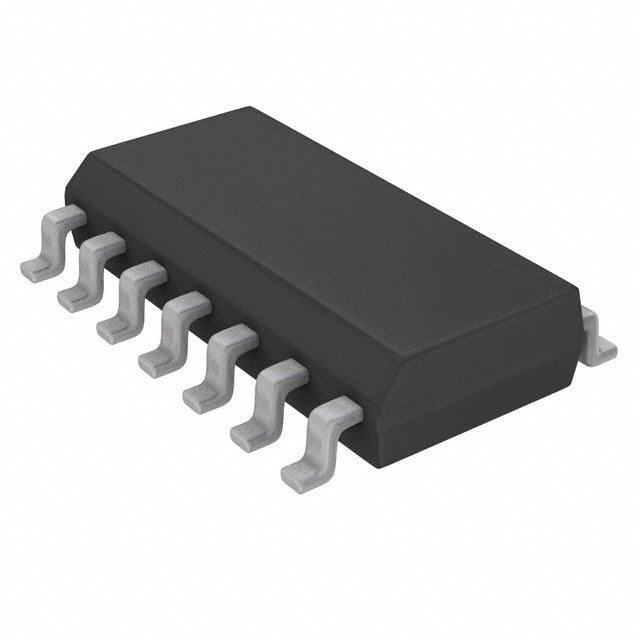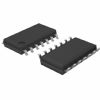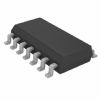74ABT646A: Features: Combines 74ABT245 and 74ABT374 type functions in one device Independent registers for A and B buses Live insertion/extraction permitted Power-up 3-State Power-up reset Multiplexed real-ti...
floor Price/Ceiling Price
- Part Number:
- 74ABT646A
- Supply Ability:
- 5000
Price Break
- Qty
- 1~5000
- Unit Price
- Negotiable
- Processing time
- 15 Days
SeekIC Buyer Protection PLUS - newly updated for 2013!
- Escrow Protection.
- Guaranteed refunds.
- Secure payments.
- Learn more >>
Month Sales
268 Transactions
Payment Methods
All payment methods are secure and covered by SeekIC Buyer Protection PLUS.

 74ABT646A Data Sheet
74ABT646A Data Sheet









